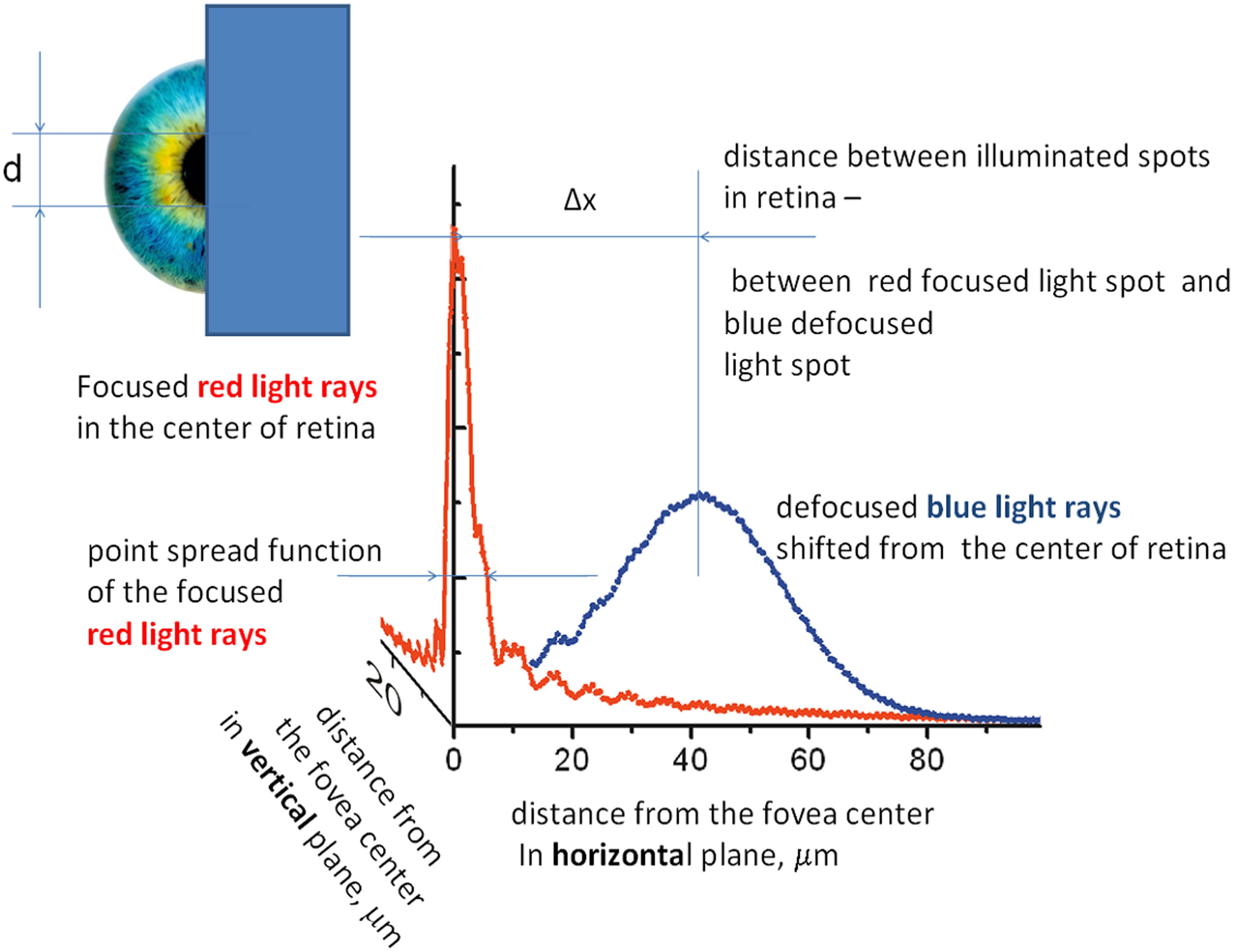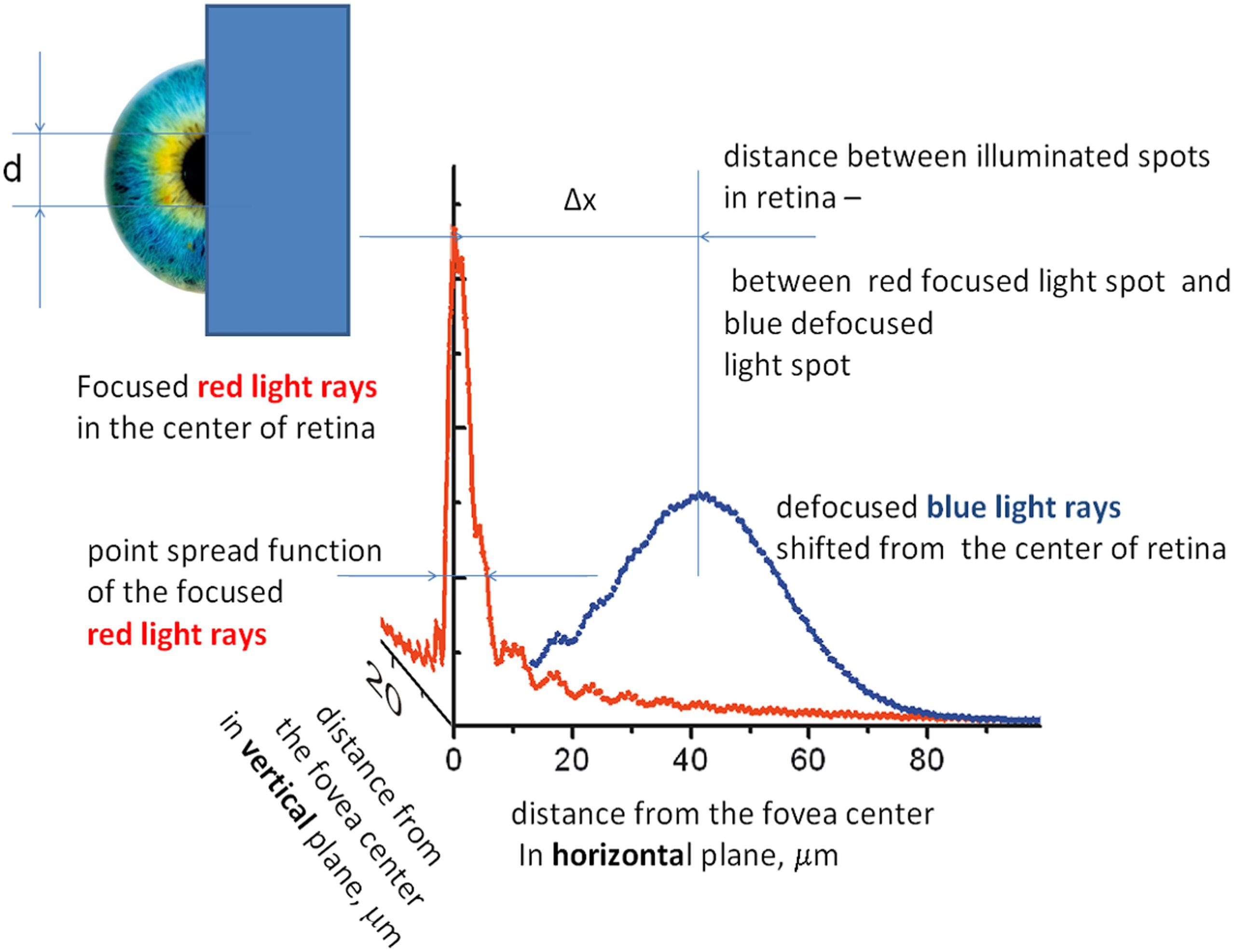
The Enigmatic Occurrences of Chromostereopsis: Diverse Outcomes and Visual Interpretation
Chromostereopsis, an enchanting optical phenomenon, influences people in various manners. In a fascinating visual, some individuals see merely a blue iris against a crimson eye, while others encounter a remarkable depth perception, as if the hues are situated at different spatial coordinates. This effect can be amplified through alterations in the surroundings and adjustments in viewing techniques, such as blinking quickly and modifying screen brightness in a poorly lit environment. The illusion’s strength is rooted in the depth perception derived from a still image, where colors seem to shift independently with head movements.
The term “chromostereopsis” clarifies why distinct viewers have differing experiences. The illusion relies not only on its intensity but also on personal variances regarding which hue appears closer. Generally, red seems nearer and blue appears more remote, although for a minority, the contrary is true, altering the perceived spatial depth of the image.
In contrast to traditional stereo-depth illusions that necessitate separate images for each eye, chromostereopsis is realized through the combination of color data from both eyes. Closing one eye dispels the illusion, highlighting the importance of binocular perception. Individuals who are stereoblind, unable to integrate visual information from both eyes, demonstrate the crucial role of binocular vision.
The complex mechanisms of chromostereopsis remain partially understood. This phenomenon arises from different wavelengths within the light spectrum, where red and blue are focused differently on the retina. This difference, along with factors like brightness, may account for why some individuals experience intensified effects when wearing glasses. Historically, artists have recognized the potential of color, instinctively utilizing chromostereopsis across various artistic forms.
Timeless across cultures, chromostereopsis intrigues and baffles. For an in-depth investigation and scientific backdrop, resources such as the “Mind Hacks” book and numerous academic papers explore its intricacies, inviting readers to delve into the science underpinning this captivating illusion.
